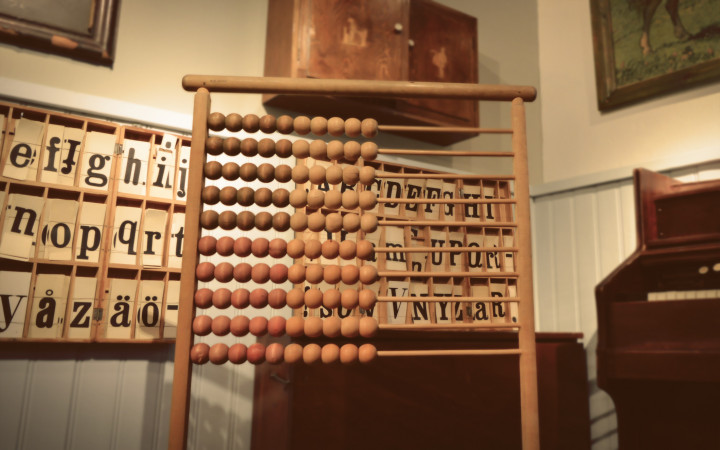Today’s Wonder of the Day was inspired by Mrs. Megan from woodbury, MN. Mrs. Megan Wonders, “How do you use an abacus?” Thanks for WONDERing with us, Mrs. Megan!
What’s your favorite subject at school? Don’t say lunch or recess! Those are everyone’s favorites! When it comes to popular subjects, some students prefer English. Other students may like science or history. Kids with a head for numbers may find math to be their favorite class of the day.
As you get older, your math classes get more challenging. Have you ever taken algebra? How about geometry or trigonometry? If so, you know that you quickly move beyond work that you can do in your head. For more advanced subjects, a calculator is a necessity.
Even before calculators and computers were invented, people worked with number systems. But what about the earliest humans on Earth? They didn’t have language, let alone number systems to do basic math. So how did they keep track of things?
The earliest humans likely turned to objects in nature to help keep count. Rocks and sticks could easily be used to count and keep track of objects. When trade began, though, merchants needed a way to make basic calculations and count large numbers.
The first counting devices were likely made of grooves carved in sand or wood in which small objects, such as beads and pebbles could be moved. Over time, these devices were changed into a frame made of bamboo or wood. They contain rods, strings, or wires beans or beads can freely slide on.
This early device was known as the abacus or counting frame. If you have more than one abacus, they’re called abaci or abacuses. A person who uses an abacus is known as an abacist.
The abacus was used for centuries. In fact, they are still used frequently today by merchants and traders. No one knows for sure when the abacus was first invented. However, historians know that versions of abaci showed up in different cultures throughout history.
For example, the Sumerian abacus may have been the first one. It was invented as early as 2700 B.C.E. Over time, versions of the abacus were used by the ancient Persians, Greeks, Romans, and Chinese.
Have you ever used an abacus? If so, you know that beads can be moved to keep track of counted objects. More complex abaci can even help you add, subtract, multiply, and divide!
Standards: CCRA.L.3, CCRA.L.6, CCRA.R.1, CCRA.R.2, CCRA.R.4, CCRA.R.10, CCRA.SL.1, CCRA.W.4




